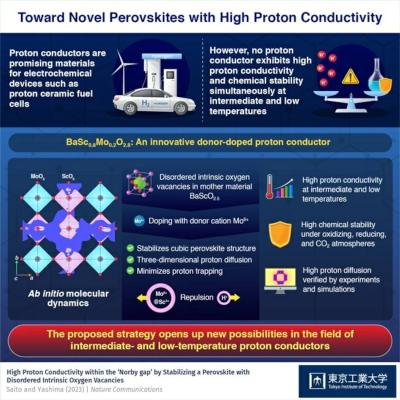Researchers develop playdough-like carbon electrode for high efficiency perovskite solar cells
Researchers at China's Wuhan University of Technology, Huazhong University of Science and Technology and Jinan Municipal Bureau of Industry and Information Technology have developed a novel playdough-like graphite putty as top electrode for perovskite solar devices. The electrode is malleable and so can form good contact with the hole-transporting layer and the conductive substrate at room temperature using a simple pressing technique, which facilitates the fabrication of both small-area devices and perovskite solar modules.
Carbon-based perovskite solar cells (C-PSCs) are promising candidates for large-scale photovoltaic applications due to their theoretical low cost and high stability. However, the fabrication of high-performance C-PSCs with large-area electrodes remains challenging. In their recent research, the team showed that corresponding small devices and modules can achieve efficiencies of 20.29% (∼0.15 cm2) and 16.01% (∼10 cm2), respectively. Moreover, they analyzed the limitations of the optical and electrical properties of this playdough-like graphite electrode on the device performance, suggesting a direction for further improvement of C-PSCs in the future.







